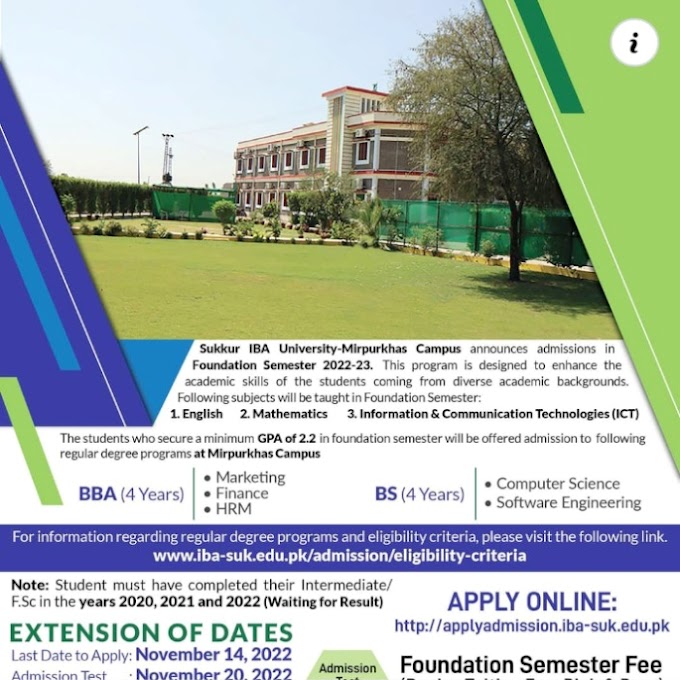Introduction
The plot of Rich Dad Poor Dad revolves around the lessons that Robert Kiyosaki learned from his two fathers—his real father, who is poor, and his mentor, who is rich—and how those lessons helped him succeed. He learns that having money is not the same as having financial intelligence and that having financial intelligence is far more important than having money. He also knows that building wealth is about making money and protecting and investing it in the right places. He discovers the importance of diversifying his investments and how to manage risk and maximize returns. He also learns how to create a financial plan tailored to his needs and goals. The book argues that having multiple income streams and not relying on one source of income is critical to financial independence. In short, he learns that money doesn't grow on trees but can grow in the stock market.
"The single dynamic and most powerful asset we all have is our mind. If trained well, it can create enormous wealth in what seems to be an instant."
In my free time last weekend, I read Rich Dad, Poor Dad, a book I bought at a bookstore near me. I was hoping to gain a better understanding of how money works and make better financial decisions. After reading it, I feel like I have a better grasp on financial literacy basics and how to put them into practice.
SMART-MONEY HABITS: INSIGHTS FROM RICH DAD POOR DAD
Distinguishing between assets and liabilities
One of the critical insights from Rich Dad Poor Dad is the difference between assets and liabilities. An asset, such as a rental property or a business, puts money in your pocket. Liability takes money out of your pocket, such as a car or a credit card. Assets are investments that generate income, while liabilities are expenses that take money out of your pocket. Understanding the difference between assets and liabilities allows you to make smarter financial decisions and build long-term wealth. Investing in a portfolio will enable you to diversify your income sources and spread risks. As opposed to assets, liabilities can quickly accumulate and erode wealth.
Investing in yourself
Investing in yourself is one of the key insights from the book Rich Dad Poor Dad. This means spending time on your education, skills, and knowledge to increase your earning potential and better your life. The idea is that the more you invest in yourself, the more you can achieve. Investing in your health is also a crucial part of working on yourself. This is because your physical health and mental well-being are critical for your productivity. Building relationships with people who can help you reach your goals is crucial to getting involved in yourself. A robust support system can motivate and encourage staying focused and on track. When you believe in yourself, you can take risks and pursue your dreams because you trust your abilities.
Strong work ethic
One of the key insights from the book Rich Dad Poor Dad is that having a solid work ethic is essential for achieving financial success. This is reflected in the book's emphasis on setting goals and taking action to reach those goals. Working hard and having a sense of discipline and focus are crucial to success. In addition, having the right mindset and willingness to take risks and learn from failure is essential. It's like the old saying, "You reap what you sow." If you put in hard work, discipline, focus and effort, you will be rewarded with financial success. On the other hand, if you take a less disciplined, unfocused approach, you will end up with little or no rewards.
Acquiring financial knowledge
Developing financial literacy and financial education is one of the central insights of Rich Dad Poor Dad. It encourages people to take control of their finances and understand how to create and manage wealth. It believes people can make informed decisions and take charge of their financial future with the proper knowledge and understanding of money. It is also based on the idea that understanding money and investing can create a passive income, eventually leading to financial freedom. It views financial independence as the ultimate goal since it allows people to make decisions without worrying about money. It also promotes the notion of delayed gratification and encourages people to save and invest for the long term.
Connect with successful people.
One should also surround himself with successful people. It will help if you learn from those who have succeeded and make them your mentors. Successful people have a wealth of knowledge to share, and they can help you stay motivated and on track to reach your goals. When successful people surround you, you have access to valuable resources that can help you reach your goals. They can give you the advice, connections and resources necessary to succeed. Additionally, successful people's positive energy and motivation can be infectious and help you stay focused and driven.
Embracing Risks
The book also emphasizes the importance of taking risks and being willing to fail to succeed. The book encourages readers to use failure as an opportunity to learn and grow and not to be afraid to take risks to achieve their goals. It also emphasizes that if you can make wise decisions now, such as investing in yourself and your future, you can create a more secure financial future. This means having more money in the bank and having more freedom with your finances.
INTERESTING FACTS
Although Robert Kiyosaki's book series, Rich Dad Poor Dad, has sold over 41 million copies worldwide and has been translated into 51 languages, Kiyosaki remains controversial. He has been criticized in the finance circle. His detractors have argued that many of Kiyosaki's ideas are based on something other than sound financial principles and leave out essential details that would give readers a more balanced view of the financial world. The book was written in only 6 weeks and self-published. Robert Kiyosaki wrote the book to share his life lessons, which he had learned through his own experiences and the experiences of his two fathers. Rich Dad Poor Dad is a series of books written by Robert Kiyosaki. The series consists of four books: Rich Dad, Poor Dad, The Cashflow Quadrant, Rich Dad's Guide to Investing, and Rich Dad's Financial Freedom.
CONCLUSION
The book has been praised for its ability to challenge people's thoughts about money and success. Rich Dad Poor Dad encourages readers to think beyond the traditional paths to wealth and take risks to achieve financial freedom. Ultimately, the book serves as a guide to help individuals achieve financial success. A healthy relationship with money is also meaningful, as it can help manage financial stress. Lastly, it is essential to have an emergency fund in place to prepare for unexpected expenses. The book is like a choose-your-own-adventure novel: you can be rich or poor; it's up to you!





.jpg)
.jpg)







0 Comments